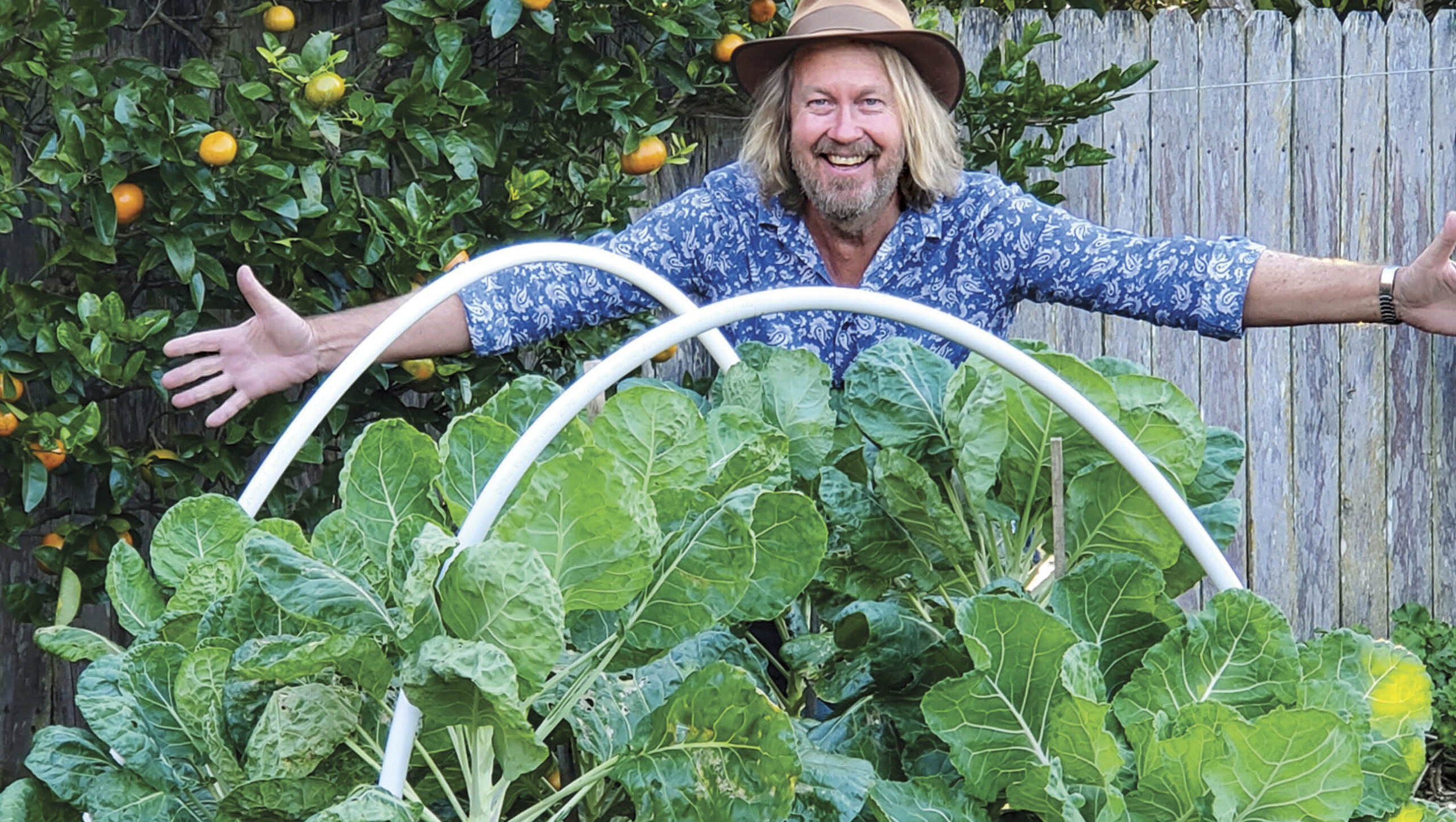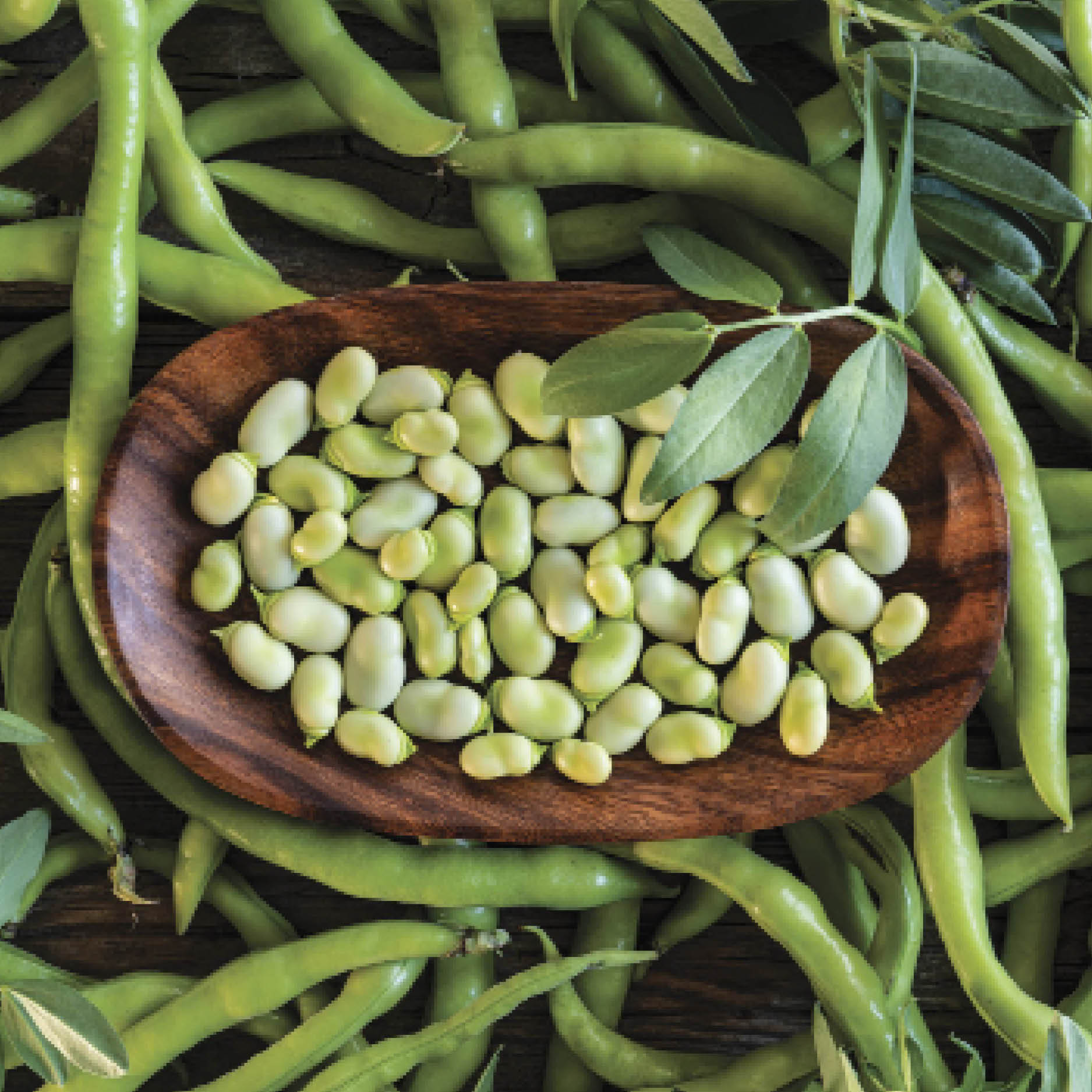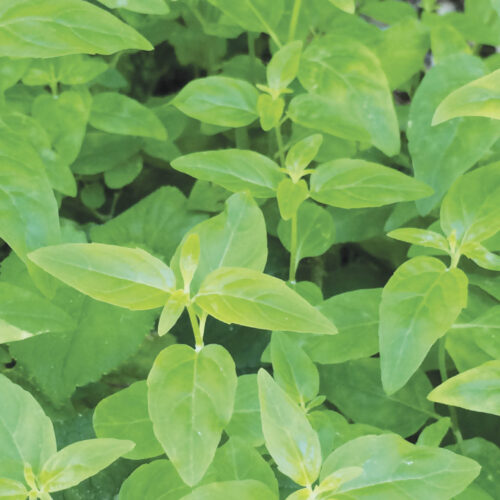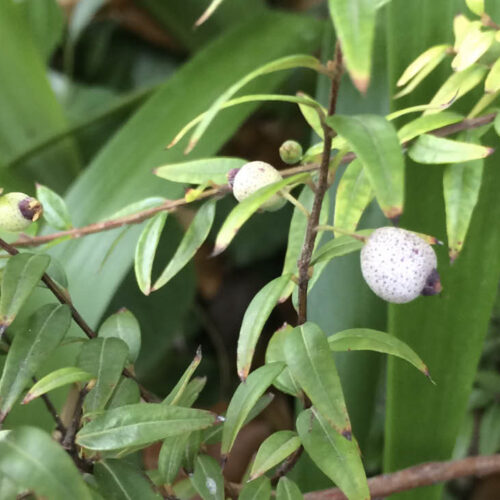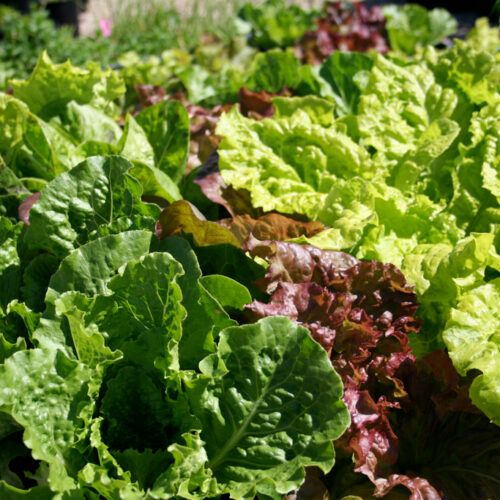Our favourite winter crops
2025-07-08T17:11:10+10:00
Our writers love growing all sorts of fresh veg in their gardens but we discovered that they do have favourite plants. Here are the top winter picks from three of our long-term contributors.
Our regular writers are growing experts because they have all done a lot of hard work in their own backyards to find out what works best. Here they share their favourite winter crops with the growing tips they have gathered from their own experience.
Phil Dudman‘s favourite: Brussels sprouts
My new-found love is brussels sprouts. It’s only a few years ago that I started growing them. Having done most of my food growing in the subtropics, I’ve always been told that it’s too warm for them – they prefer a cold climate – then I met a farmer at my local farmers’ market who was growing them with great success. What a revelation! I had to have some of that action! I’m in Lismore, northern NSW, where, as it turns out, overnight temperatures in winter provide enough chill to establish a good crop.
I quickly fell in love with this quirky looking plant. My first season was a celebration. We were feasting on fresh organic sprouts several nights a week, with plenty left over to proudly share with neighbours. I have been raving about them ever since. I only wish I had discovered this opportunity earlier.
Phil’s tips
Start your plants early. It normally takes 5 months for the sprouts to form, and they need to be developing when the cool weather arrives. Sow in December and you’ll be eating sprouts by May/June. A follow up sowing in January should land you a harvest in June/July. In the coldest parts of the country, you can also sow in November for an April/May harvest.
Protect your plants with pest exclusion netting right from the start to keep them protected from cabbage white butterfly. To get them through the hot weather early on, you may also need to cover them with 30 per cent shadecloth.
Stake plants to keep them upright as they grow rather tall and top-heavy.
For your first crop, try a reliable variety such as Dagan.
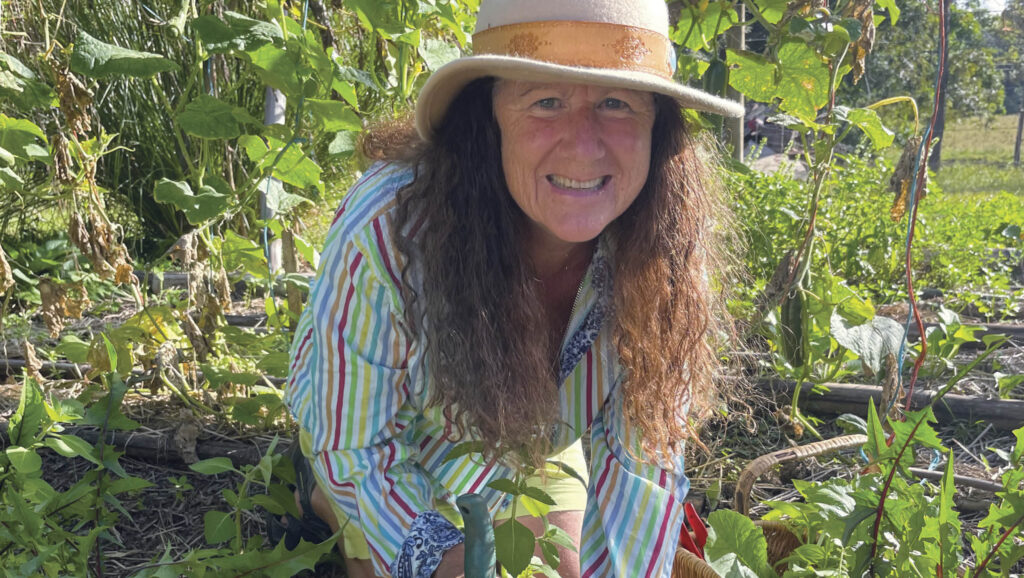
Leonie Shanahan‘s favourite: Yacon
Yacon is one of my favourite winter crops. It has that ‘Wow!’ factor. When the plant has died back, you dig up the tuber, peel it with a knife and share it. Yacon is sweet, crunchy and juicy, even sweeter if you leave in the sun (skin on) for a few days. It can go into salads, it can be juiced, used as a vegetable or cooked. Even the leaves and stems can be cooked when harvested earlier in the season. Yacon is packed with nutrients.
Leonie’s tips
To grow, separate the small purple rhizomes from a large tuber as you harvest and wait for the rhizomes to sprout. Then bury the rhizomes in the soil approximately 3cm deep and 50cms apart. Mulch well.
Soil must be friable to allow tubers to expand. Remove any rocks. Before planting add compost, rock minerals and worm casting (if available). Water with a mix of 1 tablespoon of molasses and seaweed in a 9-litre watering can. Every second month, add a small amount of organic general fertiliser and water with seaweed solution.
Yacon plants are hardy and will grow 1.5m tall and produce yellow flowers. The whole cycle to harvest is 6–8 months. Harvest when the plants die down.
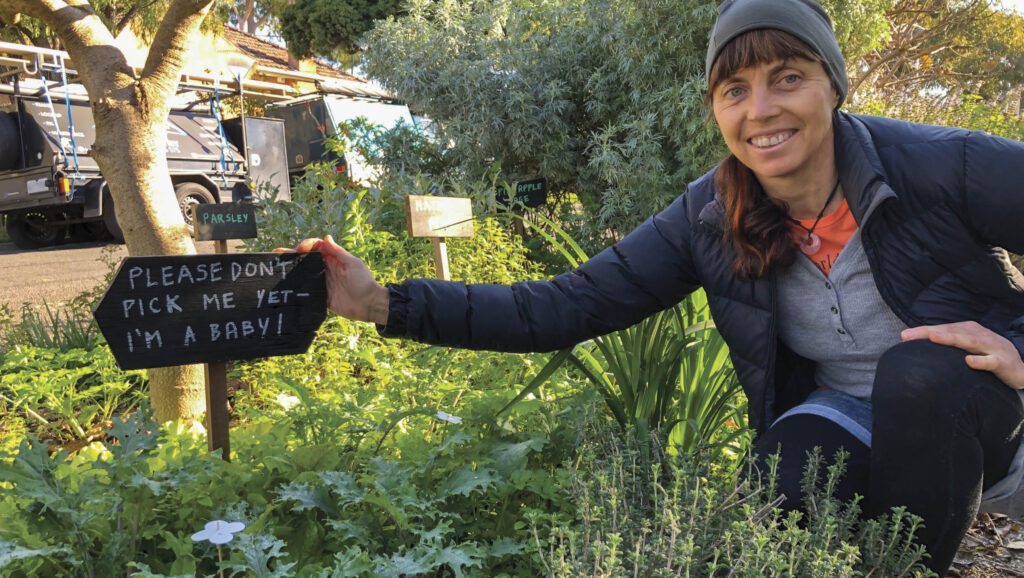
Karen Sutherland‘s favourite: Broad beans
Broad beans are the perfect permaculture vegetable, as every part of the plant has a use. Early flowers are eaten raw in salads or cooked atop frittatas. Young shoots and leaves are tasty as cooked greens. Young pods are good eaten whole. As beans mature, eat them without pods, later without the tough skins. At the end of the season, the top growth of plants makes great chop and drop. Leave roots in the soil if you can so nitrogen fixing nodules feed the soil. Dried seeds can be soaked and cooked, or green beans frozen for later.
I love Crimson Flowered broad beans, even though they are not as productive as ordinary white flowered types. Years ago, I grew a mixture of Crimson Flowered and Coles Dwarf, and without really thinking about it, I collected seeds at the end of the season. From then on, I’ve always grown this mix, making sure to collect from the Crimson Flowered plants to keep the colour in my crop.
Karen’s tips
Sow seeds in early autumn in cool or warm climates, or at winter’s end in Tasmania and similar climates. Plant 5cm deep, 20cm apart, in rows 50cm apart. Broad beans don’t climb and have brittle stems, so need support. I use timber stakes driven into the ground at the corners of a broad bean patch, with soft ties between stakes at 20 cm height intervals.
I pre-sprout seeds in sealed plastic containers on my kitchen windowsill. It speeds up sprouting and checks seed viability. Plant once the roots are 25mm long. Place beans on their side the same planting depth as usual and cover lightly with soil. Roots will head down, and shoots will reach for the light.
If not pre-sprouting, soak seeds overnight in warm water to help germination.
Looking for more organic gardening ideas? Subscribe to ABC Organic Gardener magazine and have the issues delivered to your door for easy reference.

